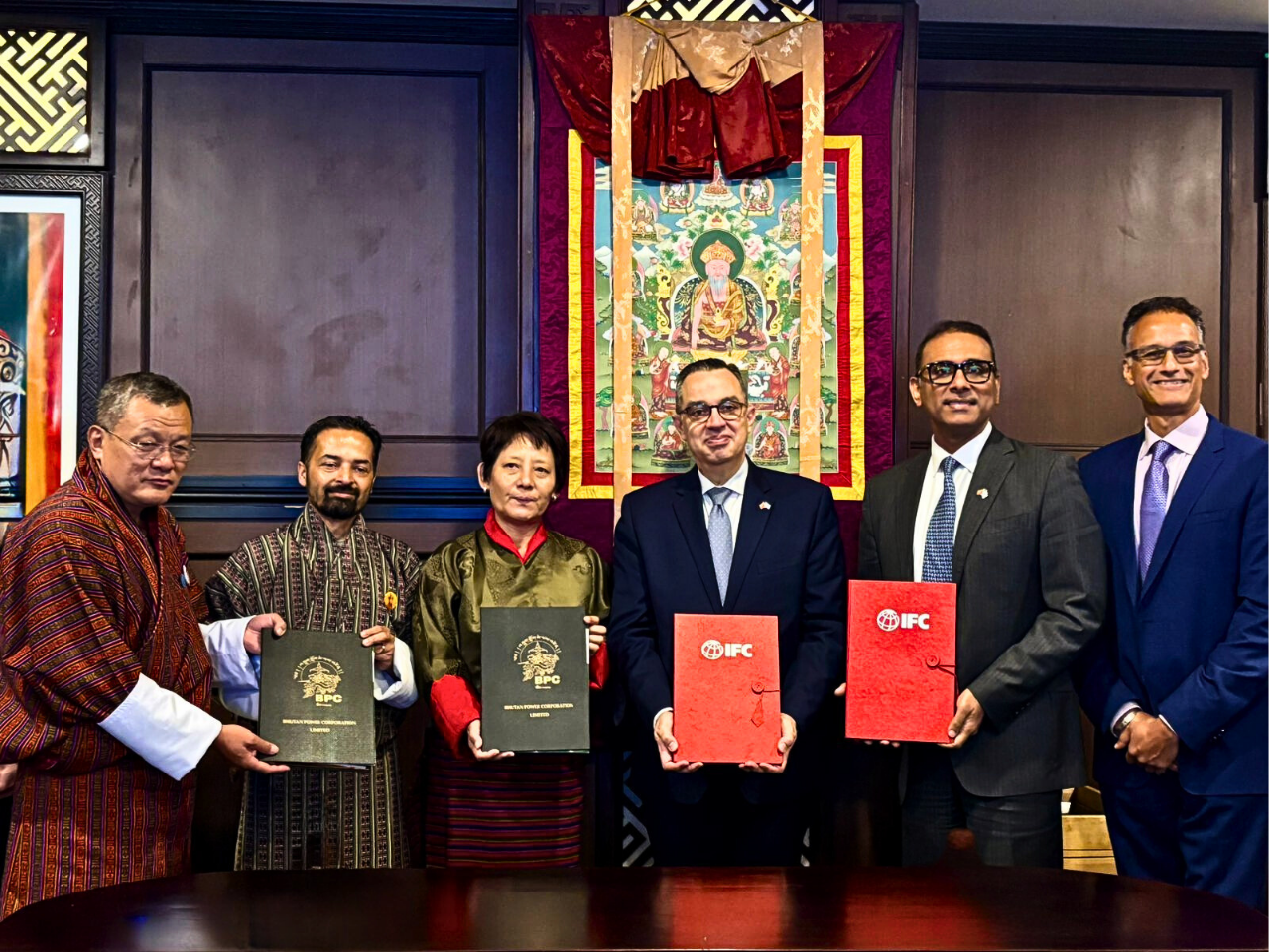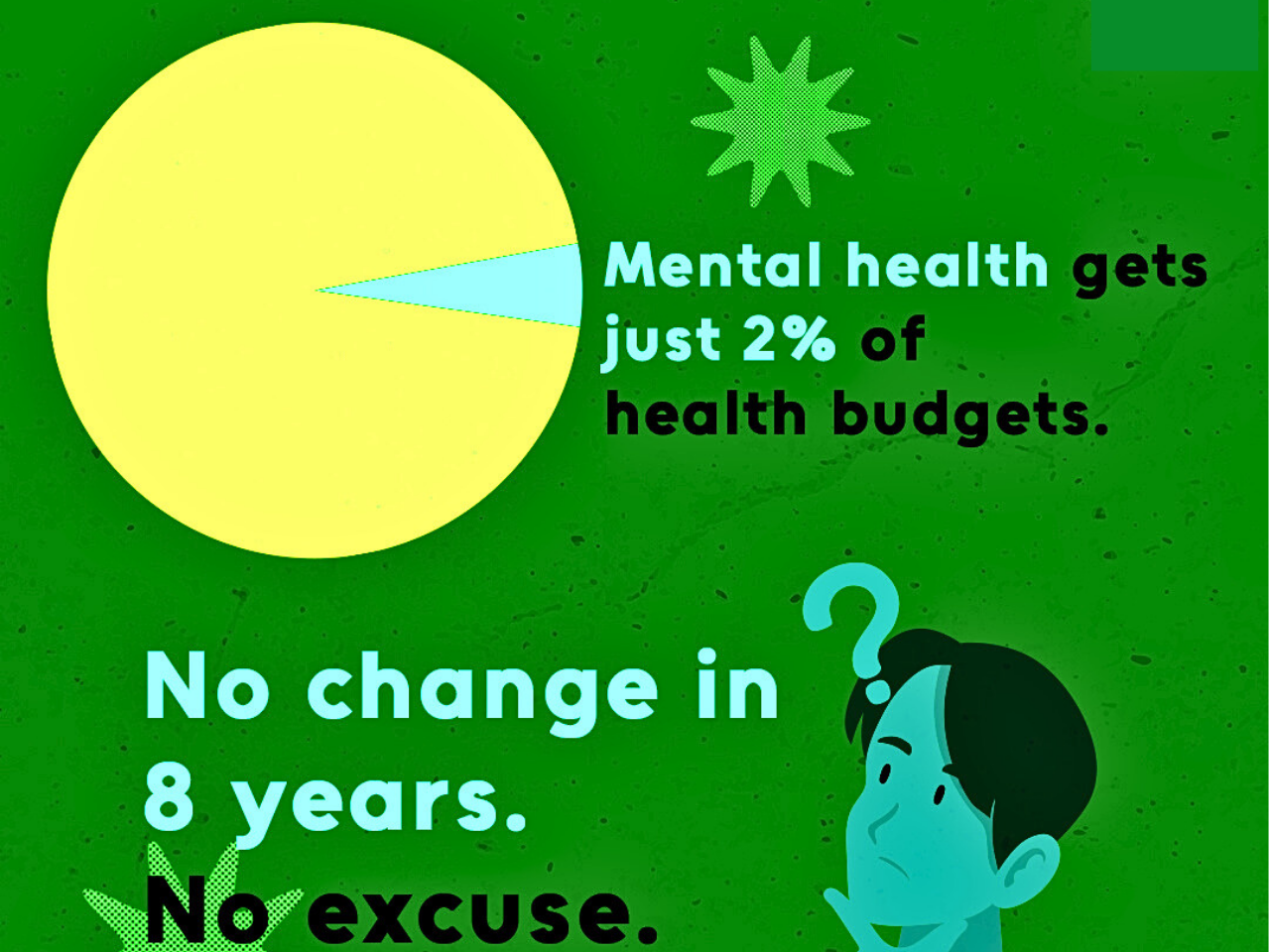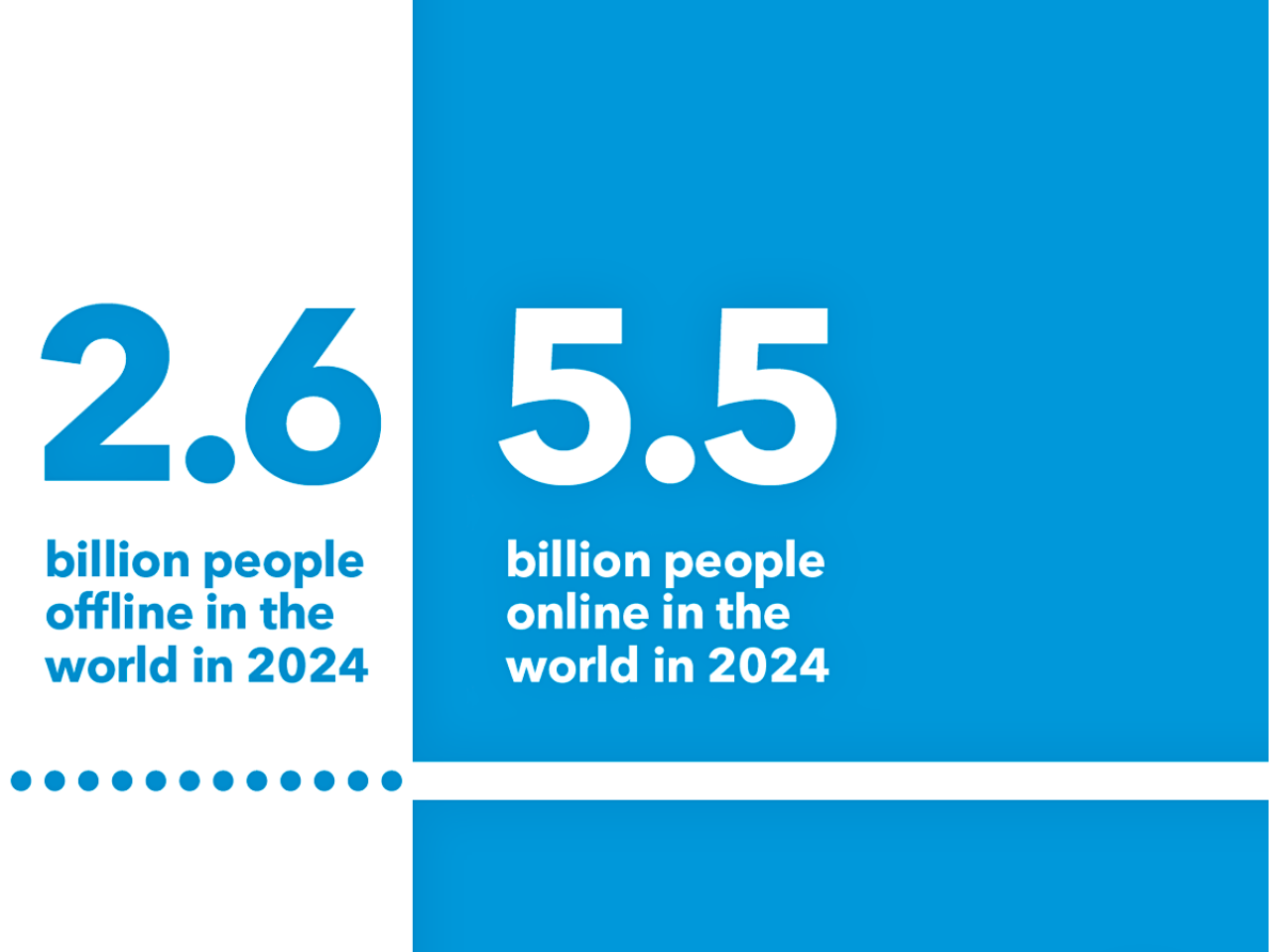Bridging the Digital Divide: $2.6-2.8 Trillion Needed to Connect 1/3 of Global Population
A joint effort by the International Telecommunication Union (ITU) and the Communications, Space & Technology Commission (CST) from Saudi Arabia has calculated that it would require between 2.6 and 2.8 trillion dollars to provide internet access to everyone worldwide by 2030, as outlined in the Connecting Humanity Action Blueprint. The report emphasizes the required investment in infrastructure, skills, affordability, and regulatory frameworks if we want to connect the 1/3 of the global population not yet connected to the Internet.
Digital Framework receives the largest share of the investment, nearly USD 1.5–1.7 trillion. Such a framework covers urban area fiber networks, rural area 4G, and satellites for other remote areas. To achieve affordability, USD 983 billion is needed to reduce the cost of devices and broadband; another USD 152 billion for country-specific and large-scale digital literacy. Regulatory reform is the smallest share, but at USD 600 billion, the money for regulatory reform is still necessary to enable and facilitate digital transformation.
Although many developments have been made, digital access is often poorly and unevenly divided. The Internet will grow to be readily accessible to 93% of individuals in high-income countries by 2024, but just 27% of people in low-income countries will have this capability. The report also indicates that previously mentioned constraints (financing issues, technical expertise constraints, and infrastructural limitations) can be perpetuated in the least developed countries. In light of costs estimated to be now almost five times more than ITU estimates in 2020, the report calls for additional public-private partnerships, innovative financing, and knowledge-sharing to promote universal connectivity.
Recommendations call for utilizing schools as potential access points to digital connectivity and energy infrastructures in Africa and improving the collection of digitally related data at subnational levels. Closing the connectivity divide, ITU states, is a necessary condition for education, jobs, and overall digital inclusion that leaves no one behind in the digital economy worldwide.
Latest News
£8 Million Boost for Welsh Arts: 40 Organizations Receive Funding for Cultural Growth
Investment in theaters, galleries, cinemas, and art-based community centers by the government will ensure institutional development and generate interest among future generations by enjoying Welsh culture, heritage, literature, and language. This would be their part of economic growth from art sectors, will generate employment, and will generate income for local businesses

IFC Makes Historic $20 Million Investment in Bhutan's Power Sector for Enhanced Electricity Reliability
This financing, with the support of the Private Sector Window of the International Development Association, will bring Bhutan its first Bhutanese Ngultrum (BTN)-linked loan, create IFC’s first infrastructure investment in Bhutan, and be the first investment in the power distribution sector in Asia by a state-owned enterprise

1 Billion People Suffering: Global Mental Health Crisis Demands Urgent Action
In high-resource countries, spending on mental health can be as high as US$65 per person and can be an extremely low US$0.04 in low-resource settings. Globally, the number of 33 mental health workers per 1,00,000 of population shows that they are from developing areas. In regard to service delivery, there still remains a very low percentage of countries (fewer than 10%) that have completely transitioned to care based on communities


